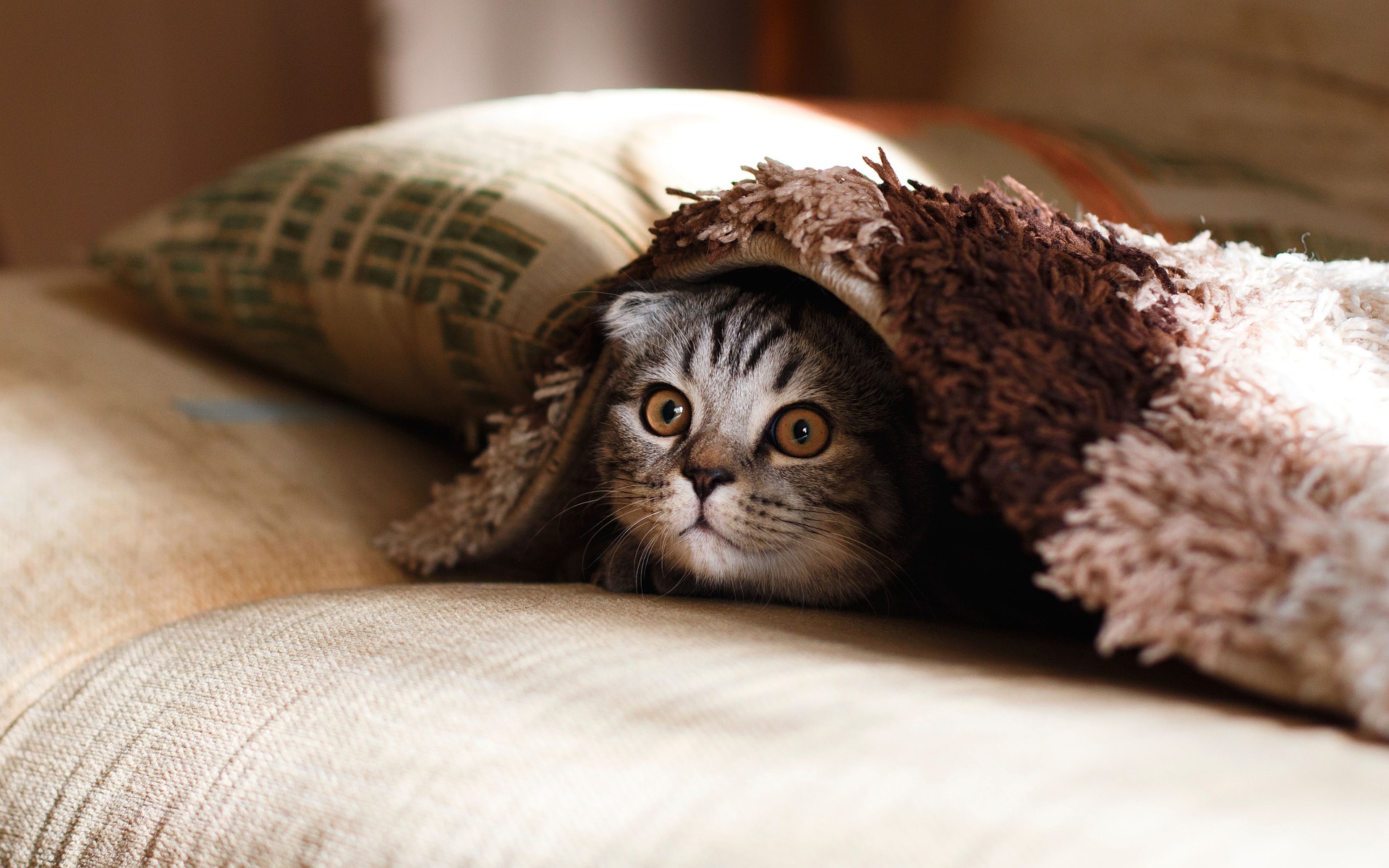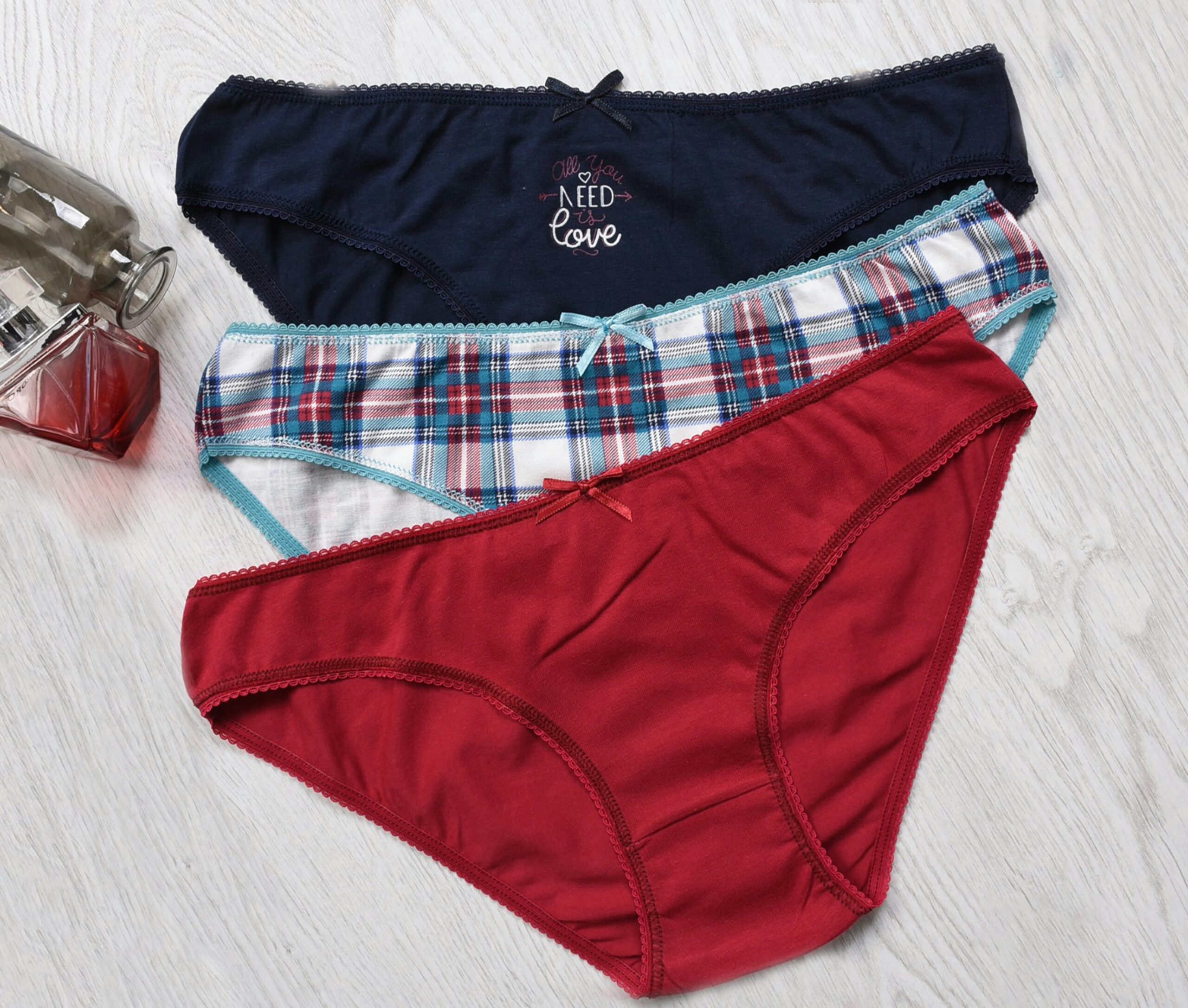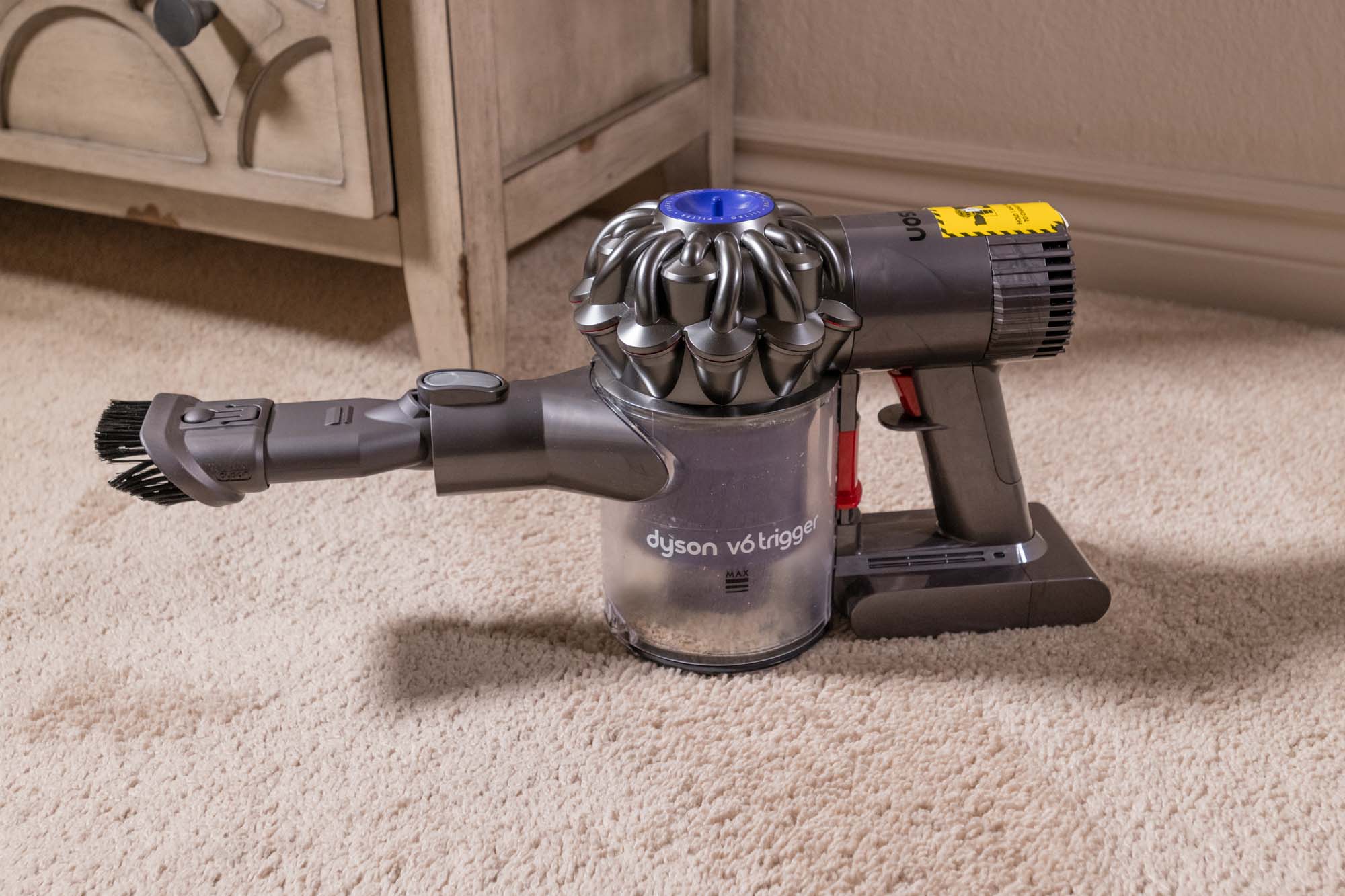Bed pillows play a crucial role in ensuring a good night’s sleep. Over time, they can accumulate dirt, sweat, oils, and allergens, making regular cleaning essential for maintaining hygiene and prolonging the life of your pillows. This comprehensive guide will walk you through the various methods of cleaning different types of bed pillows, tips for maintaining their shape and longevity, and addressing common issues like stains and odors.
Understanding Different Types of Bed Pillows
Before diving into the cleaning process, it’s important to understand the different types of bed pillows and their specific care requirements. The most common types include:
Feather and Down Pillows
Feather and down pillows are filled with natural materials like duck or goose feathers and down. They are soft, fluffy, and provide excellent support, but require careful cleaning to avoid damaging the filling.
Memory Foam Pillows
Memory foam pillows are made from viscoelastic foam, which molds to the shape of your head and neck. These pillows are not machine washable and require spot cleaning and proper care to maintain their integrity.
Latex Pillows
Latex pillows are made from natural or synthetic latex and offer good support and resilience. They are hypoallergenic and resistant to dust mites but can be challenging to clean.
Polyester and Synthetic Pillows
These pillows are filled with synthetic fibers like polyester and are generally more affordable. They are easier to clean and often machine washable.
Buckwheat Pillows
Buckwheat pillows are filled with buckwheat hulls and provide excellent support. They require special care, including removing the hulls before washing the outer cover.
General Cleaning Guidelines
Regardless of the pillow type, some general cleaning guidelines apply to all:
Check the Care Label
Always check the care label on your pillow for specific cleaning instructions. The label will provide guidance on whether the pillow is machine washable, suitable for dry cleaning, or requires special care.
Use Mild Detergent
Use a mild, low-sudsing detergent to avoid leaving residues that can attract dirt and allergens. Avoid using bleach or fabric softeners.
Rinse Thoroughly
Ensure that all detergent is thoroughly rinsed out to prevent residues that can cause irritation or attract more dirt.
Dry Completely
Thoroughly drying your pillows is crucial to prevent mold and mildew growth. Use low heat settings and ensure the pillow is completely dry before using it again.
Cleaning Feather and Down Pillows
Machine Washing
Most feather and down pillows can be machine washed, but it’s essential to do so carefully.
- Load the Washer: Place two pillows in the washer to balance the load and prevent the machine from becoming unbalanced.
- Use Gentle Cycle: Set the washer to a gentle cycle with warm water and a small amount of mild detergent.
- Extra Rinse Cycle: Run an extra rinse cycle to ensure all detergent is removed.
- Drying: Dry the pillows on a low heat setting in the dryer. Add a few clean tennis balls or dryer balls to help fluff the pillows and prevent clumping. Check the pillows periodically to ensure they are drying evenly.
Hand Washing
If you prefer to hand wash your feather and down pillows:
- Fill a Bathtub: Fill a bathtub or large basin with warm water and a small amount of mild detergent.
- Submerge and Soak: Submerge the pillows and gently squeeze them to allow the soapy water to penetrate the filling. Let them soak for 30 minutes.
- Rinse Thoroughly: Drain the soapy water and refill the tub with clean water. Squeeze the pillows gently to remove all detergent. Repeat until the water runs clear.
- Drying: Press out excess water gently without wringing. Air dry or use a dryer on a low heat setting with dryer balls to prevent clumping.
Cleaning Memory Foam Pillows
Spot Cleaning
Memory foam pillows should not be machine washed as the agitation can damage the foam.
- Remove Cover: If the pillow has a removable cover, take it off and wash it according to the care instructions.
- Prepare Cleaning Solution: Mix a small amount of mild detergent with water.
- Spot Clean: Dip a clean cloth into the soapy water and gently blot the stained areas. Avoid soaking the foam.
- Rinse: Use a clean, damp cloth to blot the area and remove any soap residue.
- Air Dry: Allow the pillow to air dry completely before putting the cover back on.
Deodorizing
To freshen up your memory foam pillow:
- Sprinkle Baking Soda: Lightly sprinkle baking soda over the pillow and let it sit for 15-20 minutes.
- Vacuum: Use a vacuum with an upholstery attachment to remove the baking soda.
Cleaning Latex Pillows
Spot Cleaning
Latex pillows also require spot cleaning to maintain their structure.
- Remove Cover: Remove and wash the pillow cover according to the care instructions.
- Prepare Cleaning Solution: Mix a small amount of mild detergent with water.
- Spot Clean: Use a clean cloth dipped in the soapy water to gently blot any stains.
- Rinse: Blot with a clean, damp cloth to remove soap residue.
- Air Dry: Allow the pillow to air dry completely before using.
Deodorizing
Deodorize latex pillows with baking soda:
- Sprinkle Baking Soda: Lightly sprinkle baking soda over the pillow and let it sit for 15-20 minutes.
- Vacuum: Use a vacuum with an upholstery attachment to remove the baking soda.
Cleaning Polyester and Synthetic Pillows
Machine Washing
Polyester and synthetic pillows are generally machine washable.
- Load the Washer: Place two pillows in the washer to balance the load.
- Use Gentle Cycle: Set the washer to a gentle cycle with warm water and mild detergent.
- Extra Rinse Cycle: Run an extra rinse cycle to ensure all detergent is removed.
- Drying: Dry on a low heat setting in the dryer. Add a few clean tennis balls or dryer balls to help fluff the pillows. Ensure they are completely dry before use.
Hand Washing
For a gentler approach, hand wash polyester and synthetic pillows:
- Fill a Bathtub: Fill a bathtub or large basin with warm water and mild detergent.
- Submerge and Soak: Submerge the pillows and gently squeeze to allow the soapy water to penetrate. Let them soak for 30 minutes.
- Rinse Thoroughly: Drain the soapy water and refill with clean water. Squeeze the pillows gently to remove all detergent. Repeat until the water runs clear.
- Drying: Press out excess water gently. Air dry or use a dryer on a low heat setting with dryer balls.
Cleaning Buckwheat Pillows
Removing the Hulls
Before cleaning the cover of a buckwheat pillow, remove the buckwheat hulls.
- Empty the Hulls: Pour the hulls into a large container or bag.
- Wash the Cover: Wash the cover according to the care instructions, either by hand or in the washing machine.
Drying the Hulls
While the cover is drying, you can refresh the hulls:
- Spread the Hulls: Spread the hulls out on a baking sheet or similar surface.
- Sun Dry: Place them in the sun to dry and freshen up. This also helps kill any bacteria or mites.
Maintaining Pillow Freshness
Regular Fluffing
Fluff your pillows daily to maintain their shape and prevent clumping.
Using Pillow Protectors
Use pillow protectors to create a barrier against sweat, oils, and dust mites. Wash the protectors regularly.
Air Out Pillows
Air out your pillows every few months by placing them outside in the sun. This helps kill bacteria and freshens them up.
Dealing with Stains and Odors
Removing Stains
For specific stains:
- Blood Stains: Soak the area in cold water and use a small amount of hydrogen peroxide. Blot gently and rinse thoroughly.
- Sweat Stains: Mix a solution of baking soda and water to form a paste. Apply to the stain, let it sit for 30 minutes, then rinse.
- Grease Stains: Sprinkle cornstarch or baking soda on the stain to absorb the grease. Let it sit for a few hours, then brush off and spot clean with mild detergent.
Eliminating Odors
To eliminate odors:
- Baking Soda: Sprinkle baking soda over the pillow and let it sit for a few hours before vacuuming.
- Essential Oils: Add a few drops of essential oils like lavender or eucalyptus to the baking soda for a pleasant scent.
Special Care Tips for Different Pillow Types
Feather and Down Pillows
Store feather and down pillows in a cool, dry place. Avoid heavy weight on top of them to prevent flattening.
Memory Foam Pillows
Avoid exposing memory foam pillows to direct sunlight for prolonged periods, as UV rays can break down the foam.
Latex Pillows
Latex pillows should be kept away from direct heat sources and direct sunlight to maintain their elasticity and prevent deterioration.
Polyester and Synthetic Pillows
Polyester pillows should be fluffed regularly to maintain their loft and support. Replace them every 1-2 years as they tend to flatten over time.
Buckwheat Pillows
Regularly inspect buckwheat hulls for signs of mold or moisture. Replace the hulls every few years to maintain optimal support and hygiene.
Environmental Considerations
Eco-Friendly Detergents
Choose eco-friendly detergents that are biodegradable and free of harsh chemicals to reduce environmental impact.
Water Usage
Be mindful of water usage by only washing pillows when necessary and using the appropriate load size in your washer.
Disposing of Old Pillows
Recycle or repurpose old pillows rather than discarding them in the trash. Many animal shelters accept old pillows as bedding for animals.
FAQs About How to Wash Pillows
What types of pillows can be machine washed?
Feather, down, polyester, and synthetic pillows can typically be machine washed. Always check the care label first.
Can I wash memory foam pillows in the washing machine?
No, memory foam pillows should not be machine washed as the agitation can damage the foam.
How often should I wash my pillows?
Pillows should be washed at least twice a year, more frequently if you have allergies or sweat a lot.
What detergent should I use to wash pillows?
Use a mild, low-sudsing detergent to avoid leaving residues that can attract dirt and allergens.
Can I use bleach to wash pillows?
Avoid using bleach as it can damage the pillow’s materials and cause skin irritation.
How do I dry pillows after washing?
Dry pillows on a low heat setting in the dryer with clean tennis balls or dryer balls to help fluff them and prevent clumping.
Is it safe to air dry pillows?
Yes, air drying is safe but can take longer. Ensure the pillows are completely dry to prevent mold and mildew growth.
Can I wash down pillows?
Yes, down pillows can be machine washed using a gentle cycle and mild detergent. Ensure they are thoroughly dried.
How do I wash feather pillows?
Wash feather pillows on a gentle cycle with mild detergent and dry thoroughly to prevent mold and mildew.
How do I clean memory foam pillows?
Spot clean memory foam pillows with a cloth dipped in a solution of mild detergent and water. Allow them to air dry completely.
What should I do if my pillow smells after washing?
If a pillow smells after washing, it may not be fully dry. Return it to the dryer or air dry until the smell dissipates.
Can I wash latex pillows?
Latex pillows should be spot cleaned with a mild detergent solution and allowed to air dry completely.
How do I remove stains from pillows?
Use specific stain removal techniques based on the type of stain, such as hydrogen peroxide for blood stains or baking soda for sweat stains.
Can I use fabric softener when washing pillows?
Avoid using fabric softener as it can leave residues that attract dirt and allergens.
How do I wash pillows with removable covers?
Remove and wash the covers separately according to the care instructions, and clean the pillow itself as recommended.
How do I prevent my pillows from becoming lumpy after washing?
Use dryer balls or clean tennis balls in the dryer to help fluff the pillows and prevent clumping.
What is the best way to wash synthetic pillows?
Synthetic pillows can be machine washed on a gentle cycle with mild detergent and dried on a low heat setting.
Can I wash buckwheat pillows?
The hulls in buckwheat pillows cannot be washed, but the cover can be removed and washed separately. Hulls should be air dried if necessary.
What temperature should I use to wash pillows?
Use warm water to wash most pillows, as hot water can damage some materials and cold water may not clean effectively.
How can I ensure my pillows are thoroughly rinsed?
Run an extra rinse cycle to ensure all detergent is removed from the pillows.
Can I dry clean my pillows?
Some pillows can be dry cleaned, but always check the care label for specific instructions.
How do I wash pillows without a washing machine?
Hand wash pillows in a bathtub or large basin with warm water and mild detergent, then rinse thoroughly and air dry.
How do I clean pillows if I have allergies?
Wash pillows frequently using hot water if safe for the material, and use hypoallergenic covers to reduce allergen buildup.
What is the best way to freshen pillows between washes?
Sprinkle baking soda on pillows and let sit for 15-20 minutes before vacuuming to freshen them.
Can I wash pillows with other laundry?
It is best to wash pillows separately or with similar items like towels to ensure even cleaning and avoid damage.
How do I dry pillows if I don’t have a dryer?
Air dry pillows on a flat surface in a well-ventilated area, flipping them occasionally to ensure even drying.
How do I remove pet hair from pillows before washing?
Use a lint roller or vacuum with an upholstery attachment to remove pet hair before washing.
Can I wash pillows with zippers or embroidery?
Check the care label, but generally, pillows with zippers or embroidery can be washed as long as they are properly protected and washed on a gentle cycle.
How do I wash pillows that have yellowed over time?
Soak yellowed pillows in a mixture of warm water, mild detergent, and a small amount of hydrogen peroxide before washing.
What should I do if my pillow gets wet unexpectedly?
Dry the pillow as soon as possible using a dryer on low heat or air drying in a well-ventilated area to prevent mold and mildew.
How do I wash pillows made of special materials like silk or wool?
Special materials like silk or wool require specific care; always check the care label and consider professional cleaning if unsure.
Can I use essential oils to freshen my pillows?
Yes, add a few drops of essential oils to the rinse cycle or mix with baking soda when freshening pillows between washes.
How do I prevent pillows from flattening over time?
Regularly fluff pillows, and wash them periodically to help maintain their shape and loft.
Are there any special considerations for washing pillows in a front-loading washer?
Ensure the washer is not overloaded, and balance the load by washing two pillows at a time to prevent excessive movement.
What is the best way to store pillows after washing?
Store pillows in a cool, dry place, preferably with a pillow protector, to keep them clean and fresh.
How do I handle pillows that are too large for my washing machine?
Take oversized pillows to a laundromat with larger machines, or consider professional cleaning services.
Can I wash pillows with a waterproof cover?
Remove the waterproof cover before washing the pillow, and wash the cover separately according to its care instructions.
How do I maintain the fluffiness of feather and down pillows after washing?
Dry feather and down pillows with dryer balls on a low heat setting, and occasionally pause the cycle to fluff the pillows by hand.
What precautions should I take when washing pillows with delicate fabrics?
Use a mesh laundry bag to protect pillows with delicate fabrics and wash them on a gentle cycle with mild detergent.
Conclusion
Maintaining clean and fresh bed pillows is essential for a healthy sleeping environment and prolonging the life of your pillows. By following the specific cleaning methods for each pillow type, you can ensure they remain hygienic and comfortable.
Regular maintenance, including fluffing, using pillow protectors, and airing out, will keep your pillows in top condition. Embrace these practices to enjoy a restful and refreshing sleep on clean, well-cared-for pillows.



